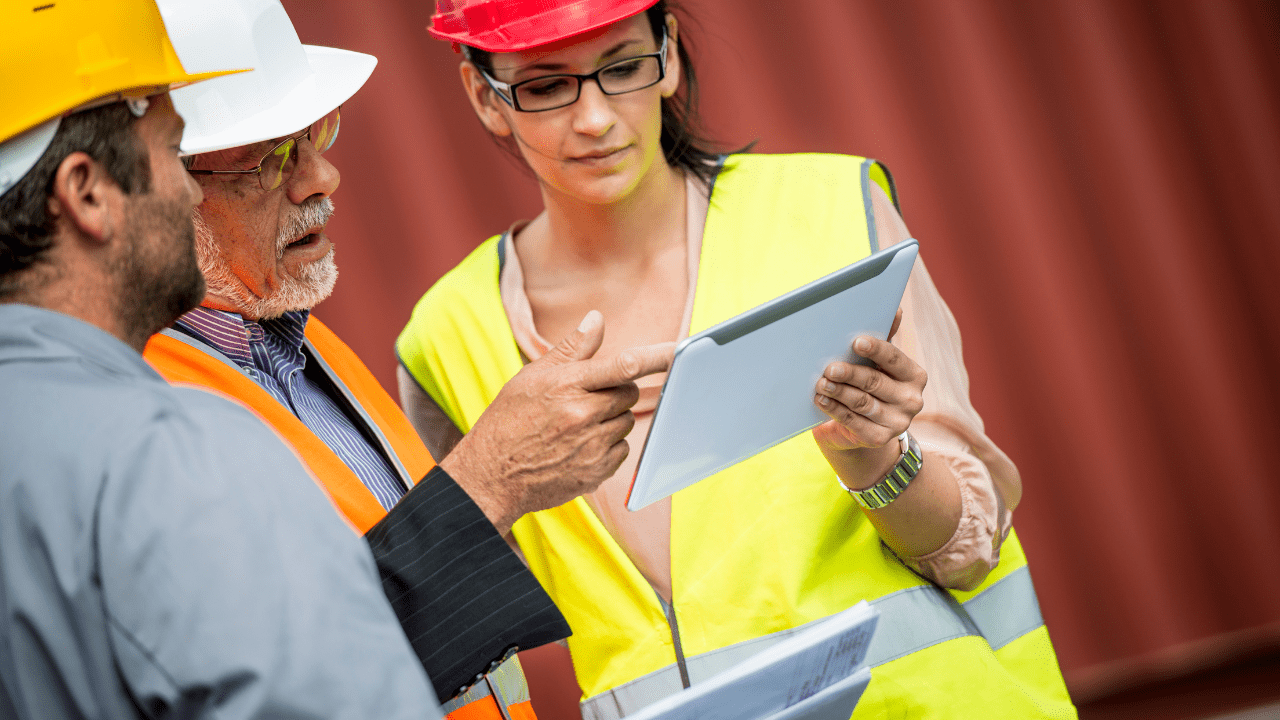In this video, we’ll teach you everything you need to know about the new (at the time of this post in March 2022) Ultra-IBC Berm, designed for today, when supply chain issues are causing delays on traditional spill containment products. Note that our training videos are mostly designed to help our distributors better understand our products but can also be helpful to users of the products, as well.
TRANSCRIPT:
Hello and welcome to another UltraTech product training session. Today, we’re talking about the Ultra-IBC Berm.
As of the making of this video, the Ultra-IBC Berm is our newest addition to our line of spill containment products for IBCs. But before I get too far, it’s probably a good idea for me to answer one question first.
What the heck is an IBC?
Wow. That’s a GREAT question! IBC stands for Intermediate Bulk Container. They’re also commonly knowns as totes or tanks.
IBCs are used for storage of chemicals similarly to 55-gallon drums, just on a larger scale. So in order to capture spills from these larger containers, this IBC Spill Pallet has a containment capacity of 400 gallons. That means it will comply with EPA spill containment regulations for up to and including 400 gallon totes.
If you’re not familiar with those regulation, I’m going to add a link below to a different video that explains the regs in detail.
If you’re familiar with our IBC spill pallets, you’ll very quickly realize that this product is pretty different looking… but don’t worry, it’s still effective and still keeps you (or your customers) in compliance.
We start with a spill pallet that is often used for drums but has enough weight capacity, at 6,500 lbs to hold an IBC. Weight capacity is one thing. Containment capacity is another. So while it can handle the weight of an IBC, it does NOT have enough containment at 85 gallons to meet the compliance requirements.
And that’s where the second component comes in. To meet the regulations, the spill pallet is placed inside of containment berm. This 6 x 6 x 18” berm has a 400 gallon capacity which, as previously discussed, is enough to meet the EPA’s requirements for just about any IBC, tote or tank on the market.
The berm uses L-brackets to support the sidewalls. These L-brackets are quickly and easily removed if the walls need to be driven over for loading, unloading or any other reason.
Now, to be clear, the L-brackets don’t HAVE to be removed for loading or unloading of IBCs, we designed the berm to have a small enough footprint so that wouldn’t be necessary.
So, why would you choose the IBC berm instead of one of the IBC spill pallets?
Well, I’m hesitant to say this because this video could (and probably will) be online for years to come. But at present, there’s a lot of supply challenges in the world and we are not immune to that. So while many of our IBC spill pallets have an extended lead time, the Ultra-IBC Berm is available now. Outside of supply and inventory, the IBC Berm has a large footprint. So with a 6’ x 6’ span it is capable of catching overspray or spills that might overshoot smaller pallets.
Why wouldn’t you choose the IBC Berm? Chemical compatibility is likely to be one of the biggest reasons. While the inner pallet is polyethylene like our other spill pallets, the berm is made from PVC and will have different compatibility than polyethylene. PVC is very versatile when it comes to compatibility but there are certainly times when polyethylene is a better choice.
Other products to consider? The Ultra-IBC Spill Pallet has the same capacity as the IBC Berm at 400 gallons. Or, if you need something that is covered the Ultra-IBC Hard Top is an excellent option.
There are links below to all of these products should you care to look into them further.
Thank you for your attention, look for other product training videos on our YouTube channel.






